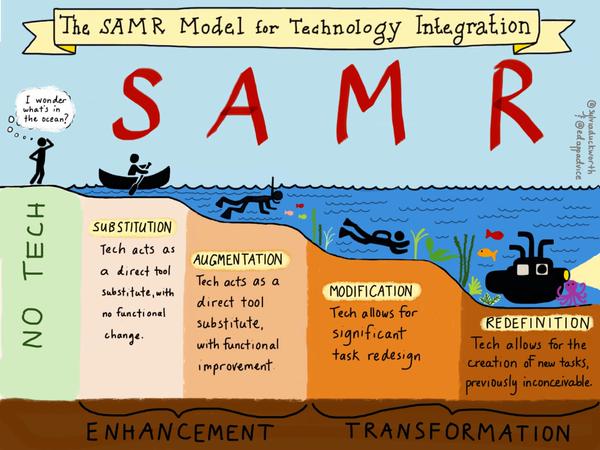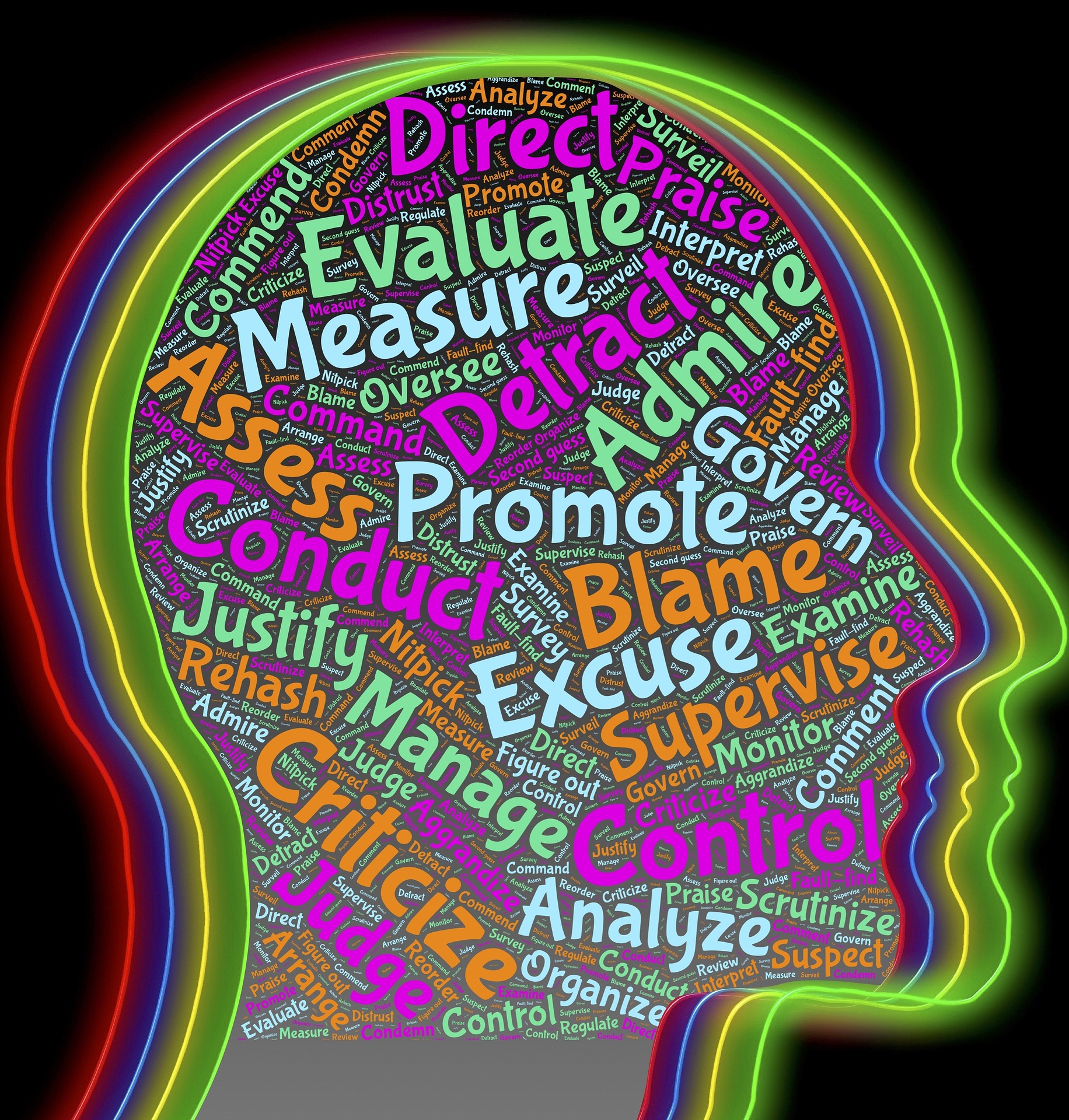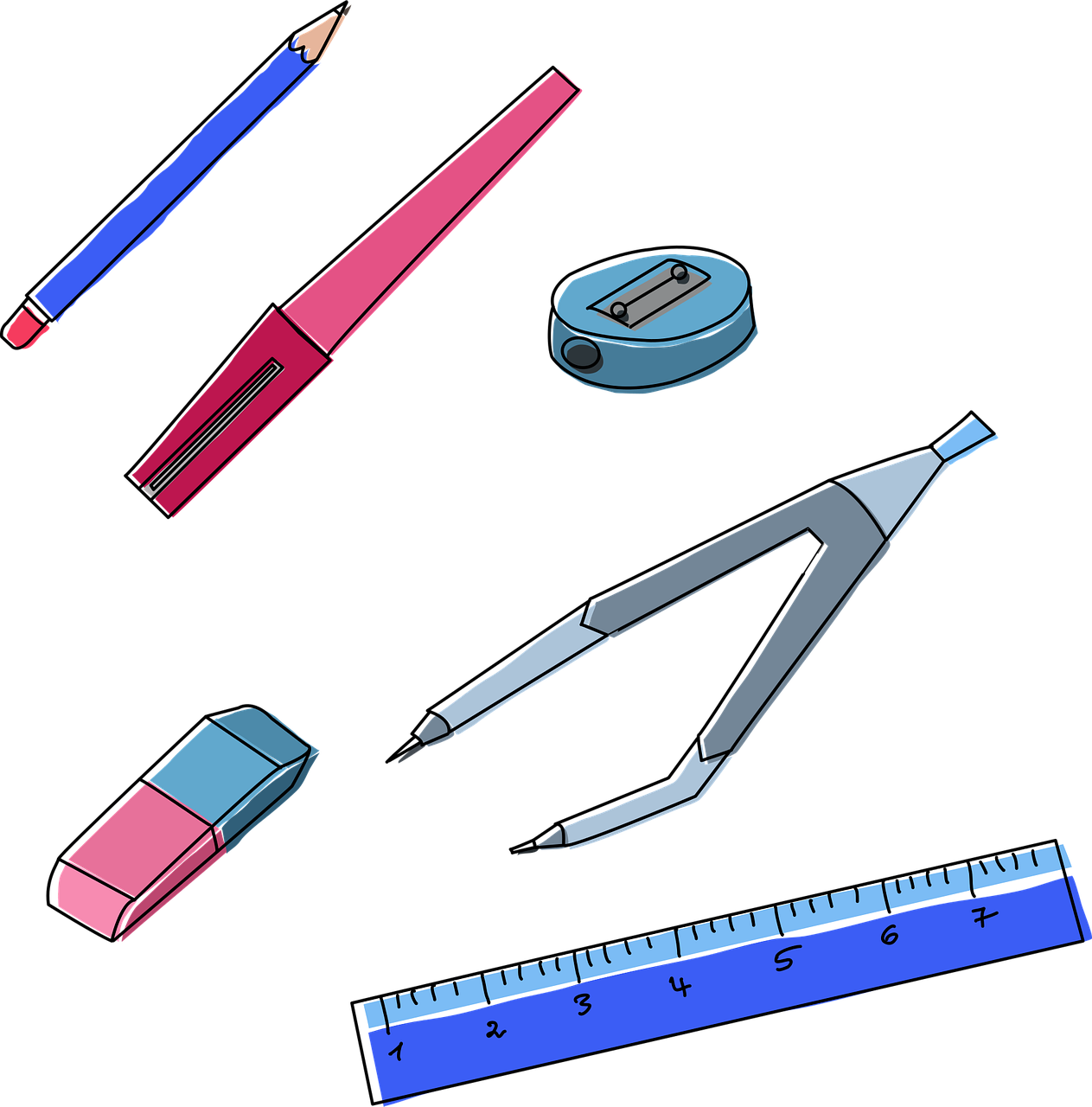The final assignment of PME 810 Integrated Curriculum, Planning and Assessment involved applying course learnings and the Backwards Design process to create a unit and learning activity.
My greatest challenge when completing the unit and lesson design activity was my topic. I am most comfortable with math and science. My passion in the classroom is numeracy and number sense, I enjoy demystifying math and making a commonly disliked and often feared subject playful and joyful. Author studies are not something I would typically teach and am totally new to planning. I decided for my first one to pick an author whose work brings me joy and who’s entire collection I currently have at home. This also challenges how we approach teaching the English Language Arts curriculum as a grade group, my teammates lean towards traditional novel studies and book clubs with unrelated writing tasks. I have tried to connect our writing tasks with the readings in this unit by having students write their own story in Roy Henry Vickers style. Part of the holistic and connection elements of my vision involves teaching cross-curricular topics and skills. Examining the English Language Arts and Social Studies curriculums if found several curricular competencies in English Language Arts that directly linked with curricular content in Social Studies, looking at local indigenous groups and the way story is used to share knowledge in indigenous cultures. This topic was a stretch for me personally and required not only taking a deep dive into the books and the author but examining more closely my approach to teaching Language Arts. In this case I found my Reading and Writing Power books fell short of meeting my vision for education as well as helping me plan to truly meet the goals in the essential understandings and questions. I found many flaws in my process of planning for truly meaningful literacy activities and realized through this that I have not met my vision in this area and have not fully met my students needs in my previous approach. My biggest understanding and take away from this course is the importance of student centered curriculum and keeping learners at the center in order to see optimal growth and create opportunities for joy and a sense of accomplishment. I had previously leaned too hard on subject centered designs when planning for Language Arts due to my own discomfort with the subject matter, trying to bring this unit in alignment with both backwards design principals and my vison challenged the way I viewed planning for literacy activities. I also found a disconnect between my reading and writing activities in Language Arts in my previous unit plans and using the principals discussed in this course have attempted to bring the two into alignment in the unit plan above. One of the things I realized is that I could use some of the same strategies I use in math and science lessons with a few adaptations to fit the needs of this unit. I can use Liljedahl’s Thinking Classrooms and Blanke and Luzniak’s strategies for discussion to support rich meaningful learning across the curriculum. The strategies that make my math program fit my vision could be adjusted to Language Arts. The discussion skills talked about by both Luzniak and Blanke can be used in Language Arts as much as they can in math, good discussion skills are cross curricular and directly develop skills in the communication core competency. Not only are discussion skills important in an academic setting they are life skills that students will need in all areas of their lives as they navigate the world beyond our classroom.








